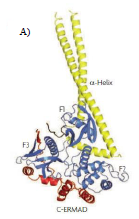Paper by Quentin Lubart 2017
The paper "Role of Phosphorylation in Moesin Interactions with PIP2-Containing Biomimetic Membranes" has been published in Biophysical Journal

Here you will find the paper by Quentin Lubart